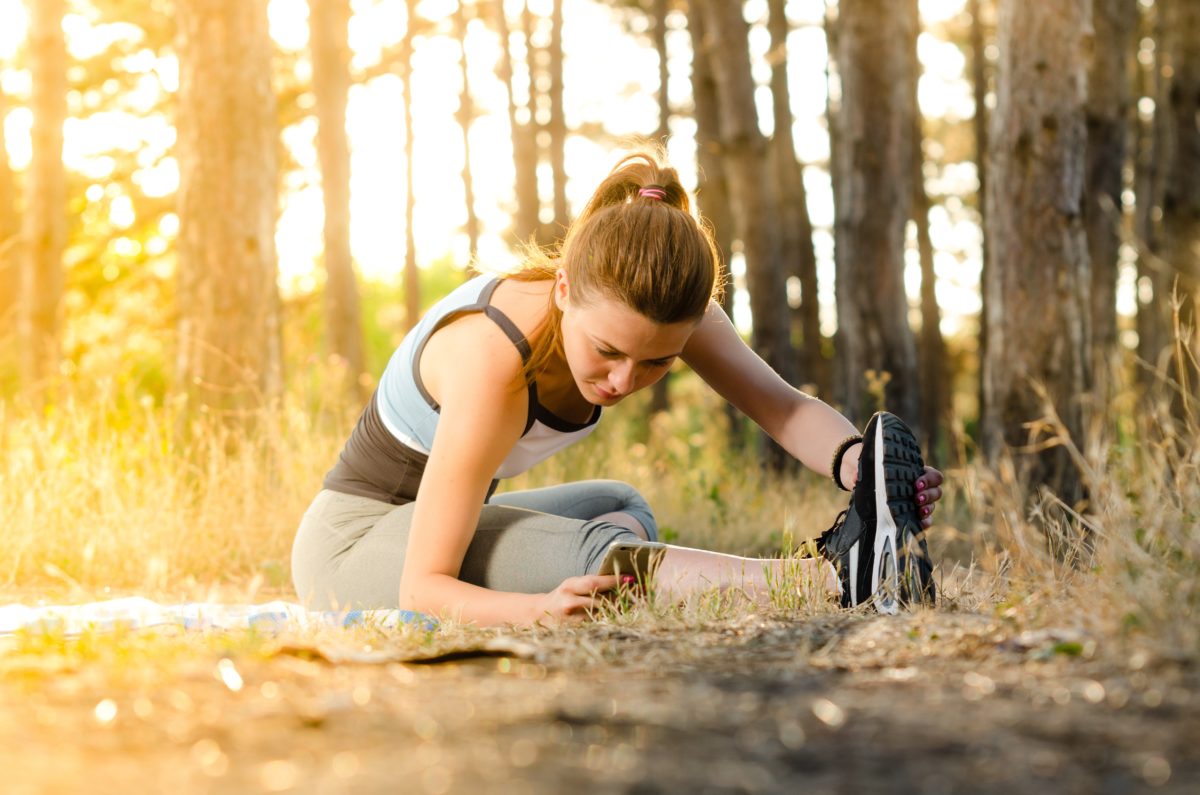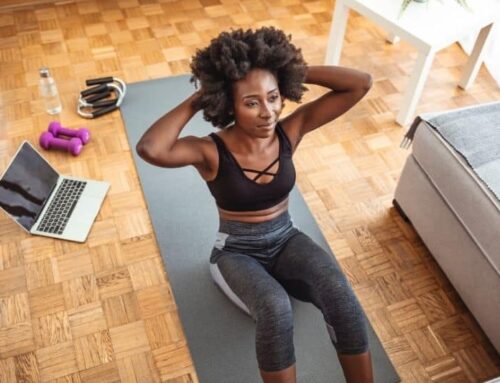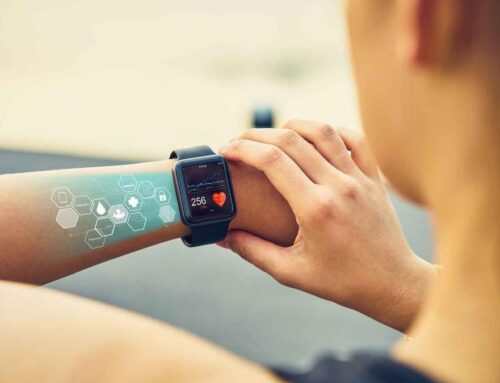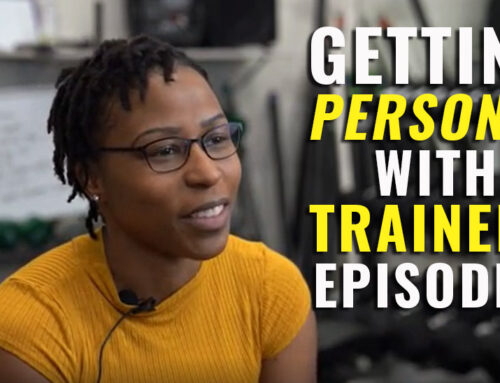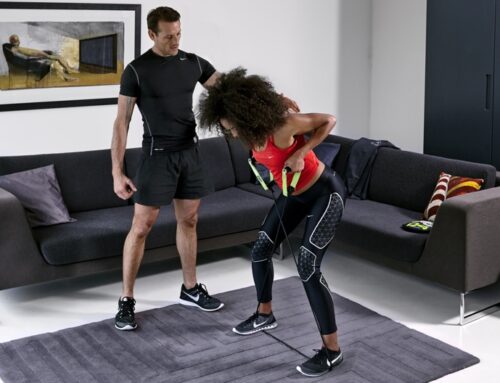When you have just started a new workout routine, you can go a little bit too hard a little bit too soon.
This can cause a lot of issues, not to mention getting bored quickly with your routine. But, it can cause long term injuries if you don’t pace yourself. Of course, when you are in a gym, you should be looking out for your personal safety, because you want to be working out and enjoying the benefits of all that new energy, rather than needing to seek out personal injury advice.
Here are a few of the most common injuries, and a little bit about prevention. If you aren’t sure how to make the most of your workouts, and keep yourself safe then book a personal trainer.
They are there to help you achieve your best self!
Photo by Alexander Mils on Unsplash
Twisted Ankle
This doesn’t always happen on a run. It can happen with a simple misstep while walking across the road. When you are lifting a lot of weight at the gym, you can also place a lot of stress on your ankles. The most common way to cause an ankle injury is any single leg exercise. When the foot turns inward, and the ankle joint is forced to roll too far. It can tear or sprain ligaments around the ankle area – which is both painful and takes a long time to recover from.
Prevention?
Work on your ankle flexibility as often as you can. Strengthen the muscles in your lower leg and foot too. If you use the treadmill regularly, be careful how you get on and off the machine. If you run outdoors, then aim for flatter ground with minimal gravel and grass. Hidden holes and dips can be a big culprit for ankle injuries. Work the tibialis anterior with plantar extensions and work the gastrocnemius and soleus muscles with plantar flexion.
Pectoral Strain
If you love lifting weights and want strength or size gains, then you need to make sure that you increase your weight loading exercise, but slowly over time. Increasing your resistance on the bench too soon can cause a serious pectoral strain. The overload which leads to a pectoral strain usually happens during a bench press or chest-fly motion.
Prevention?
Work up to the big weights slowly and execute the exercises with good form. Move up in weight over longer periods of time to prevent injury. Don’t be tempted to show off your strength at the gym (which happens a lot for men). Make sure that you have a spotter to help you when your lifting more weight than usual. If you find your wrists or arms are shaking excessively when you lift the weight, this is a dead giveaway that you aren’t ready to that weight yet. Only lift a weight that you can control from the beginning position to to the end position.
Groin Pull
Groin pulls are common in people who play sports that require a lot of running and jumping. In particular, it is common in sports that require sudden jumps or a change of direction. Groin pulls often appear in people who play soccer and football, and they make up about 10% of all injuries in professional hockey players. FOr the lay person, groin pulls tend to happen during lunges, squats, taking boot camp classes or while sprinting. The muscles get pushed a bit too far and then uh-oh – pain city. You will be feeling very tender or may have severe pain for up to a week, and as you age, the risk for this goes up. There are 3 categories of severity:
- 1st degree: Mild pain, but little loss of strength or movement
- 2nd degree: Moderate pain, mild to moderate strength loss and some tissue damage
- 3rd degree: Severe pain, severe loss of strength and function due to a complete tear of the muscle
Prevention?
This one should be at the top of your list for prevention. Make sure that you actively warm up your thighs for at least 10 minutes before you head into those lunges. Walking, cycling, leg swings (unweighted hip adduction, hip abduction, hip flexion and hip extension) or a light jog can help warm them up nicely. Strengthen them with hip adductions, wide stance squats and deep lunges.

